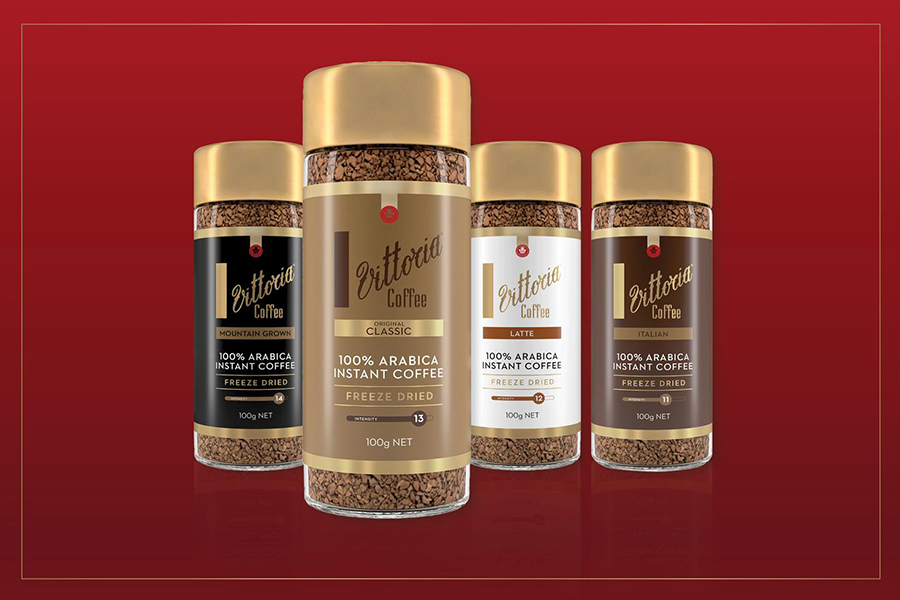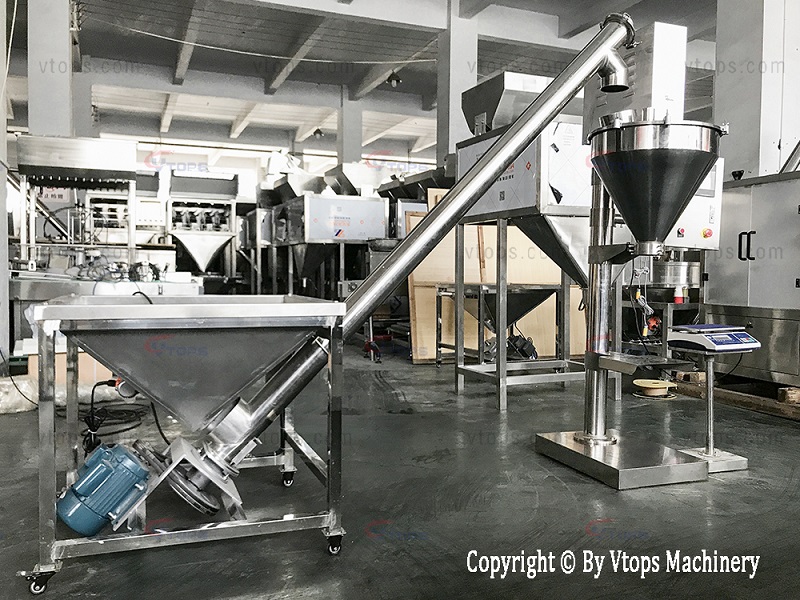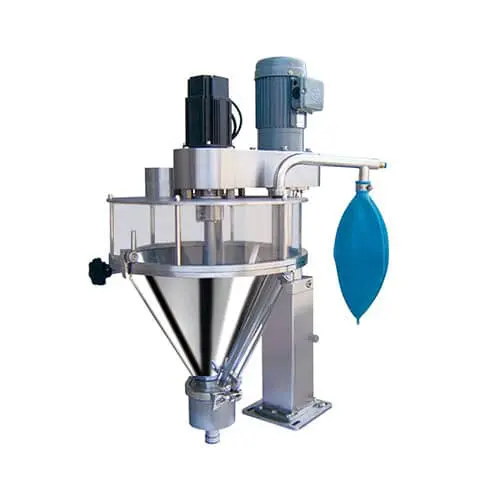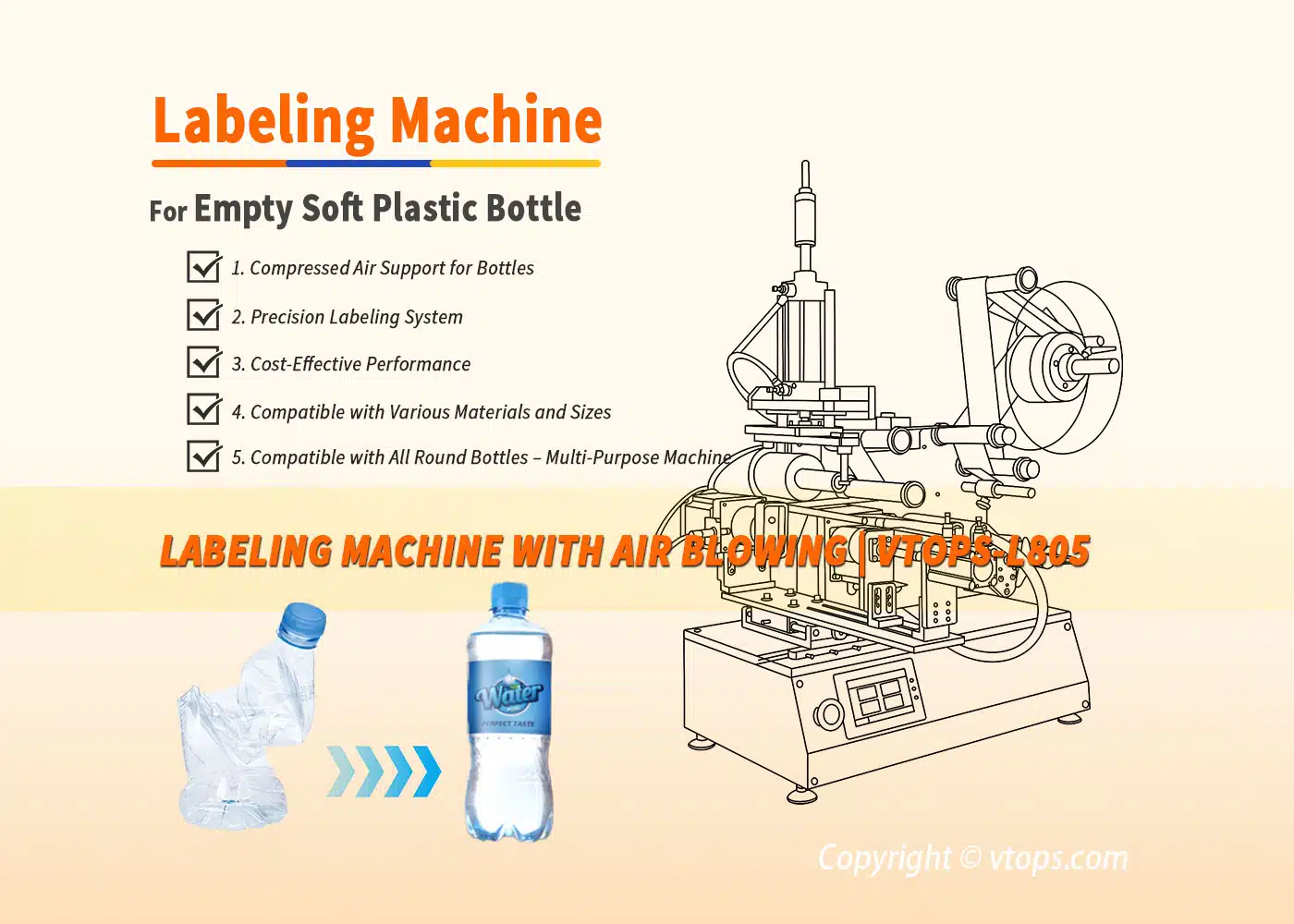Coffee is a widely consumed hot beverage derived from the beans of the coffee tree. This exciting drink is popular for its rich flavor and caffeine content. People usually roast coffee beans and then make them into powder to drink. Coffee comes in many types and flavors to suit every taste and preference.
Coffee powders are divided into coarse and fine grinds, and they are for different brewing methods such as drip, steeping, and espresso. In addition to ordinary coffee powder, there are special flavors of coffee powder, such as latte powder, mocha powder, and instant coffee powder. The choice of coffee powder and brewing method directly affects the flavor of the coffee.

The Importance of Coffee Powder in Sweden
Coffee powder plays an integral role in Swedish food culture. It is an everyday drink and a symbol of social and leisure activities. Swedes often enjoy coffee at different times of the day. Coffee is an indispensable companion whether it’s “Fika” time in the morning, afternoon tea, or gathering with friends. This tradition has made coffee powder a part of Swedish culture, fostering social connections. Cafes are also booming in Swedish cities, providing people with a place to try a variety of coffees.

Vtops Sold Semi-automatic Auger Filler to Sweden
Vtops recently successfully sold a semi-automatic auger filler to a coffee powder manufacturer in Sweden. This sophisticated equipment will give customers an efficient and precise way to fill their coffee powder. It ensures that product quality and taste are good while increasing production efficiency.
The semi-automatic auger filler not only improves production efficiency but also provides Swedish coffee powder producers with the flexibility to choose from. This machine can easily adapt to the requirements of different packaging containers. The containers include paper bags, plastic bags, glass bottles, and metal cans. This means that manufacturers can better meet the diverse consumer needs in the market and provide consumers with more choices.
Coffee Powder Production and Packaging Process
The production and packaging process for black coffee powder typically involves several critical steps to ensure product quality, freshness, and hygiene standards. The following is an overview of a typical coffee powder production and packaging process:
- Purchase of Coffee Beans: The first step in the production process is the purchase of high-quality coffee beans. These beans can come from different producing areas worldwide, and coffee beans from different producing areas have unique flavor characteristics. Selecting and blending beans from different regions can achieve the desired flavor.
- Roasting: The roasting room roasts green coffee beans into fragrant coffee beans. Different roasting levels and times produce different flavors of coffee, such as light roast, medium roast, and dark roast.
- Grinding: The machine grinds the roasted coffee beans into powder. The particle size of the grind can be adjusted for different brewing methods and product types, such as a coarse grind for filter coffee and a fine grind for espresso.
- Packaging: Coffee powder packaging containers can be paper bags, metal cans, plastic bags, glass bottles, and other containers. Filling machines can accurately fill powder into packaging containers.
- Sealing and Labeling: Sealing containers can prevent oxygen ingress while ensuring product freshness and shelf life. The labeling machine then adds brand labels, logos, and packaging designs.
- Quality control: Quality control is crucial throughout production and packaging. Samples are usually randomly checked and quality tested to ensure the coffee is high quality and meets hygiene standards.
- Batch Tracking and Storage: Manufacturers typically record details of each batch produced for batch tracking purposes. A dry, low-humidity environment is conducive to storing coffee powder and can maintain its freshness.

The Importance of Filling Machines in the Coffee Powder Packaging Process
Filling machines play a vital role in the coffee powder packaging process. First, it is responsible for filling the coffee powder into the packaging container, ensuring consistent quality and taste in every bag. Precise filling is critical to maintaining product quality, as different coffee brands and types may have different recipes and grinding requirements.
Secondly, the filling machine ensures the freshness and shelf life of the coffee powder. It must operate in a low-humidity and dry environment to prevent the coffee from absorbing moisture. At the same time, the filling machine must ensure that the packaging container is completely sealed to prevent oxygen from entering. Effective sealing can slow the oxidation process of coffee and extend the shelf life of coffee. Therefore, fillers are vital in coffee production, directly affecting product quality, taste, and market competitiveness.
Coffee Powder Packaging Form
Coffee powder packaging in Sweden comes in various formats, often reflecting the brand, product type, and consumer demand. Here are some common packaging formats for Swedish coffee powder:
- Paper Bag Packaging: This is one of the most common forms of coffee powder packaging. Paper bags often with a moisture-proof lining to maintain the freshness of the coffee. This packaging form is usually suitable for traditional coffee brands such as Gevalia.
- Metal Can Packaging: Some high-end coffee brands usually package their coffee in metal cans. This packaging format not only maintains the freshness of the coffee but is also visually appealing and reusable.
- Carton Packaging: Some coffee brands package their coffee powder in cartons, usually with a sealed inner bag, to ensure that the coffee is away from moisture. This packaging form is common in Swedish organic coffee and special flavor coffee.
- Instant Coffee Packaging: People often use glass or plastic bottles to pack instant coffee for ease of use and storage. This packaging is suitable for people who are short of time and need quick brewing.
- Environmentally Friendly Packaging: Some Swedish coffee brands use degradable or recyclable materials as environmental awareness increases. Paper bags, renewable plastic, or biodegradable packaging forms are all better options to reduce environmental impact.
- Vacuum Packaging: Some coffee brands use vacuum packaging to maintain the freshness of the coffee by excluding oxygen. This form of packaging extends the shelf life of the coffee.

Conclusion
The semi-automatic auger filler provided by Vtops has become the first choice of Swedish coffee powder manufacturers because it can meet their unique packaging needs. This advanced equipment not only provides an efficient production solution, but also ensures precise filling of coffee powder. At the same time, the machine ensures product consistency, quality and freshness. This cooperation demonstrates Vtops’ deep understanding of customer needs and commitment to the production of high-quality coffee powder packaging, injecting new vitality into the Swedish coffee industry.
Picture of Semi-Automatic Auger Filler

One set Semi-Automatic Auger Filler with weigher, and one set Screw Conveyor Feeder.



